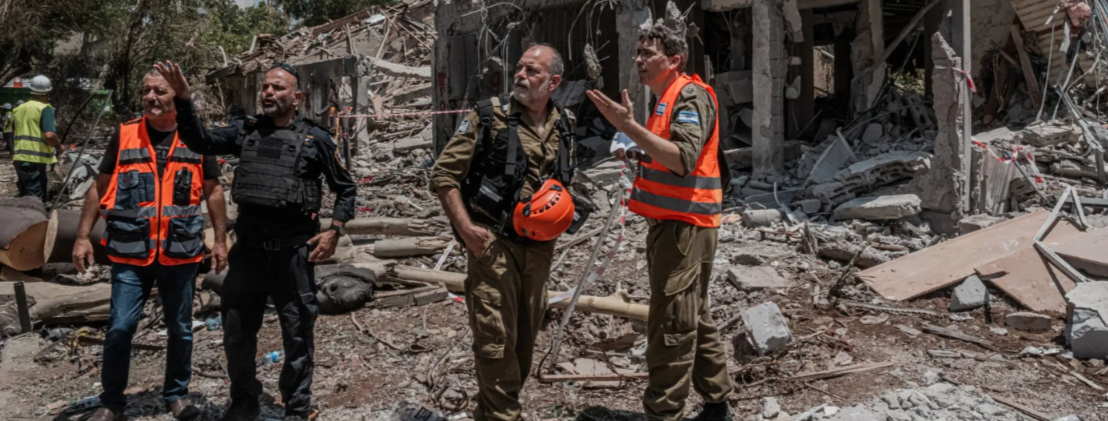Introduction to Israel Iran Ceasefire 2025
The Israel Iran ceasefire 2025 marks a critical turning point in the escalating conflict that has gripped the Middle East for nearly two weeks. Following intense military exchanges, including US airstrikes on Iranian nuclear sites and retaliatory missile attacks by Iran, a US-brokered ceasefire was announced, bringing a tentative halt to hostilities. This article delves deeply into the timeline, terms, and implications of the ceasefire, analyzing the geopolitical dynamics and the fragile peace it represents.
Timeline and Terms of the Israel Iran Ceasefire 2025
The ceasefire, facilitated primarily by the United States under the leadership of former President Donald Trump, was declared to begin at approximately 04:00 GMT on June 24, 20254. The agreement was phased:
- Iran was to cease its attacks on Israel first at 04:00 GMT.
- Israel would follow 12 hours later, halting its offensive actions by 16:00 GMT.
This phased approach was designed to allow both countries to finalize their “final missions” before fully committing to peace12.
Israeli Prime Minister Benjamin Netanyahu confirmed Israel’s consent to the ceasefire, stating that Israel had achieved all its operational objectives, particularly neutralizing immediate threats in missile and drone arenas1. Despite some opposition within Netanyahu’s Likud party demanding Iran’s unconditional surrender, the government aligned with the US proposal to accept the ceasefire.
Iran’s response was initially cautious. Iranian Foreign Minister Abbas Araghchi emphasized that Iran would only cease military operations if Israel stopped its “illegal aggression” by the agreed time, underscoring the tense trust deficit between the two nations2.
Military Actions and Violations During the Ceasefire
The ceasefire was fragile from the outset. Both Iran and Israel reportedly breached the agreement in its early hours. Iran launched a final barrage of 14 missiles targeting Israeli military sites minutes before the ceasefire took effect, claiming retaliation for Israeli strikes4. Israel responded by destroying a radar facility near Tehran, asserting it was a defensive measure against prior Iranian missile attacks4.
U.S. military bases also became focal points of conflict. Iran attacked the Al Udeid Air Base in Qatar, a major US hub, which prompted Trump to announce the ceasefire shortly afterward17. The attack caused no casualties but escalated tensions significantly.
Despite these violations, the ceasefire largely held throughout June 24, marking the first day in nearly two weeks without missile or drone attacks between the two nations4. Israeli authorities advised civilians to cautiously exit bomb shelters but remain alert2.
Casualties and Humanitarian Impact
The 12-day conflict resulted in significant casualties and humanitarian disruptions. Iran’s Health Ministry reported over 610 deaths due to Israeli strikes, including four ambulance personnel killed during Israeli military actions4. Israeli civilian casualties were also reported, with at least five civilians killed in Iranian missile strikes around the time the ceasefire was to begin5.
The conflict severely affected civilian infrastructure and emergency services, with Iranian judiciary officials noting deaths among prison staff and visitors during Israeli assaults on Evin Prison4. The humanitarian toll underscores the high stakes and human cost of the conflict.
Diplomatic Efforts and US Mediation Role
The US played a pivotal role in brokering the ceasefire. Trump, along with senior US officials and diplomats, engaged in direct and indirect negotiations with Iranian representatives, leveraging regional allies such as Qatar to facilitate dialogue5. Trump claimed both Israel and Iran approached him to mediate the ceasefire, which he announced via social media5.
Qatari Foreign Minister Sheikh bin Abdulman bin Jassim Al-Thani was instrumental in securing Iran’s agreement, highlighting the importance of regional diplomacy in de-escalating the crisis5.
However, Iranian state media portrayed the ceasefire request as a sign of desperation from the US side, reflecting the deep mistrust and complex narratives surrounding the conflict5.
Geopolitical Implications of the Israel Iran Ceasefire 2025
The ceasefire represents a delicate balance of power in the Middle East. Israel’s military campaign aimed to significantly degrade Iran’s nuclear capabilities and missile infrastructure, while Iran sought to assert its regional influence and retaliate against US and Israeli actions35.
The truce provides a temporary pause but leaves unresolved tensions over Iran’s nuclear program, which US strikes only set back by months rather than destroying entirely3. The ceasefire also highlights the role of external powers like the US and Qatar in managing Middle Eastern conflicts.
Conclusion: The Fragile Peace of the Israel Iran Ceasefire 2025
The Israel Iran ceasefire 2025 has brought a cautious respite to a volatile and deadly conflict. While both sides have agreed to halt hostilities, violations and deep-seated mistrust persist, making the truce fragile. The involvement of the US and regional actors underscores the complexity of Middle Eastern geopolitics and the ongoing struggle to contain nuclear proliferation and regional aggression.
As the ceasefire holds, the international community watches closely, hopeful that this pause can lead to more lasting peace and stability in a region long plagued by conflict.
Visit More news: WhyTrends




